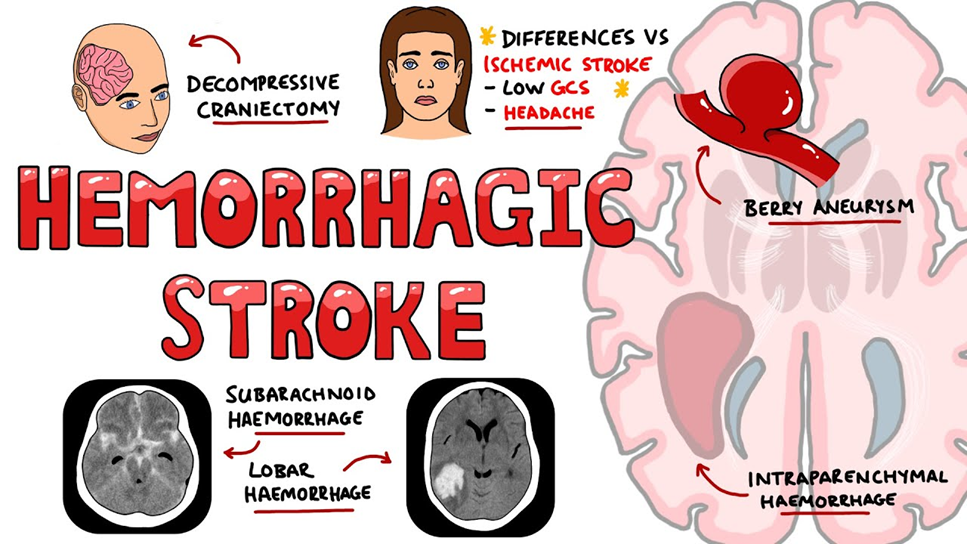The nurse is caring for a client immediately following a cardioversion. What nursing actions are appropriate? (Select all that apply.)
Provide continued sedation.
Remove crash cart from the room.
Assess the chest for burns.
Ensure electrodes are in place for continued monitoring.
Document results of the procedure.
Correct Answer : C,D,E
Choice A Reason:
Provide continued sedation.
Providing continued sedation is not typically necessary after a cardioversion. The sedation used during the procedure is usually short-acting, and the client should begin to wake up shortly after the procedure is completed. Continuous sedation is not required unless there are specific medical reasons, which should be determined by the healthcare provider.
Choice B Reason:
Remove crash cart from the room.
The crash cart should remain in the room until the client is fully stable. Removing it immediately after the procedure is not advisable because the client may still be at risk for complications such as arrhythmias or other cardiac events. Keeping the crash cart nearby ensures that emergency equipment is readily available if needed.
Choice C Reason:
Assess the chest for burns.
Assessing the chest for burns is an important nursing action following a cardioversion. The electrical shock delivered during the procedure can cause burns on the skin where the electrodes were placed. It is essential to check for any signs of burns or skin irritation and provide appropriate care if needed.
Choice D Reason:
Ensure electrodes are in place for continued monitoring.
Ensuring that the electrodes are in place for continued monitoring is crucial. Continuous cardiac monitoring is necessary to observe the client’s heart rhythm and detect any potential complications or recurrence of arrhythmias. Proper placement and function of the electrodes are essential for accurate monitoring.
Choice E Reason:
Document results of the procedure.
Documenting the results of the procedure is a critical nursing action. Accurate documentation includes noting the client’s response to the cardioversion, any complications, and the current heart rhythm. This information is vital for ongoing care and communication with the healthcare team.
Nursing Test Bank
Naxlex Comprehensive Predictor Exams
Related Questions
Correct Answer is ["B","C","E"]
Explanation
Choice A: Lean on your back with your knees bent.
Reason: This instruction is incorrect. Pursed lip breathing is typically performed in a seated position with the neck and shoulders relaxed. Lying on your back with knees bent is not a recommended position for this breathing technique.
Choice B: Use your abdominal muscles to squeeze air out of your lungs.
Reason: This instruction is correct. Using the abdominal muscles helps to expel air more effectively from the lungs, which is a key component of pursed lip breathing. This technique helps to improve ventilation and reduce the work of breathing.

Choice C: Breathe out slowly without puffing your cheeks.
Reason: This instruction is correct. Breathing out slowly through pursed lips without puffing the cheeks helps to keep the airways open longer, allowing more air to be expelled from the lungs. This technique is particularly beneficial for individuals with chronic obstructive pulmonary disease (COPD) or other respiratory conditions.
Choice D: Focus on inhaling and holding your breath as long as you can.
Reason: This instruction is incorrect. The focus of pursed lip breathing is on controlled exhalation rather than holding the breath. Inhaling should be done slowly through the nose, and exhaling should be prolonged through pursed lips.
Choice E: Exhale at least twice the amount of time it took to breathe in.
Reason: This instruction is correct. The exhalation phase should be longer than the inhalation phase, typically taking at least twice as long. This helps to improve the efficiency of breathing and reduce shortness of breath.
Choice F: Open your mouth and breathe deeply.
Reason: This instruction is incorrect. Pursed lip breathing involves breathing in through the nose and exhaling through pursed lips. Opening the mouth and breathing deeply is not part of this technique.
Correct Answer is C
Explanation
Choice A: Severe Hypertension
Severe hypertension can be a sign of increased intracranial pressure (ICP), but it is not typically the earliest sign. Hypertension often occurs as a compensatory mechanism to maintain cerebral perfusion pressure. While it is a significant finding, it usually follows other more immediate signs of increased ICP.
Choice B: Dilated and Nonreactive Pupils
Dilated and nonreactive pupils are a late sign of increased ICP and indicate severe brainstem compression. This finding suggests that the pressure has reached a critical level, leading to brain herniation. It is a very serious sign but not the earliest indicator of increasing ICP.
Choice C: Decreased Level of Consciousness
A decreased level of consciousness is often the earliest and most sensitive indicator of increasing ICP. Changes in consciousness can range from confusion and lethargy to complete unresponsiveness. This symptom reflects the brain’s response to increased pressure and reduced cerebral perfusion, making it a critical early sign that requires immediate attention.

Choice D: Projectile Vomiting
Projectile vomiting can occur with increased ICP due to pressure on the vomiting centers in the brainstem. However, it is not typically the earliest sign. Vomiting often accompanies other symptoms such as headache and changes in consciousness.
Whether you are a student looking to ace your exams or a practicing nurse seeking to enhance your expertise , our nursing education contents will empower you with the confidence and competence to make a difference in the lives of patients and become a respected leader in the healthcare field.
Visit Naxlex, invest in your future and unlock endless possibilities with our unparalleled nursing education contents today
Report Wrong Answer on the Current Question
Do you disagree with the answer? If yes, what is your expected answer? Explain.
Kindly be descriptive with the issue you are facing.
